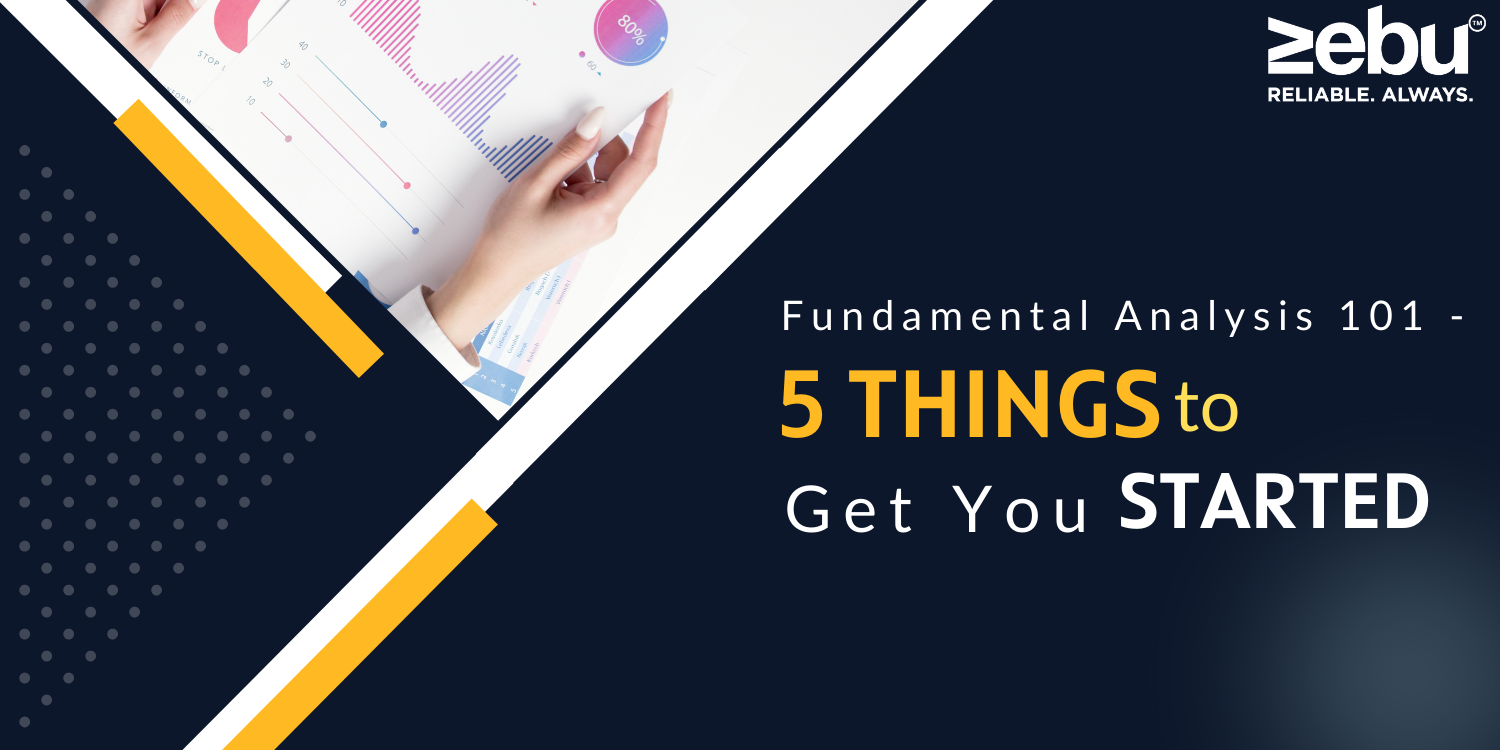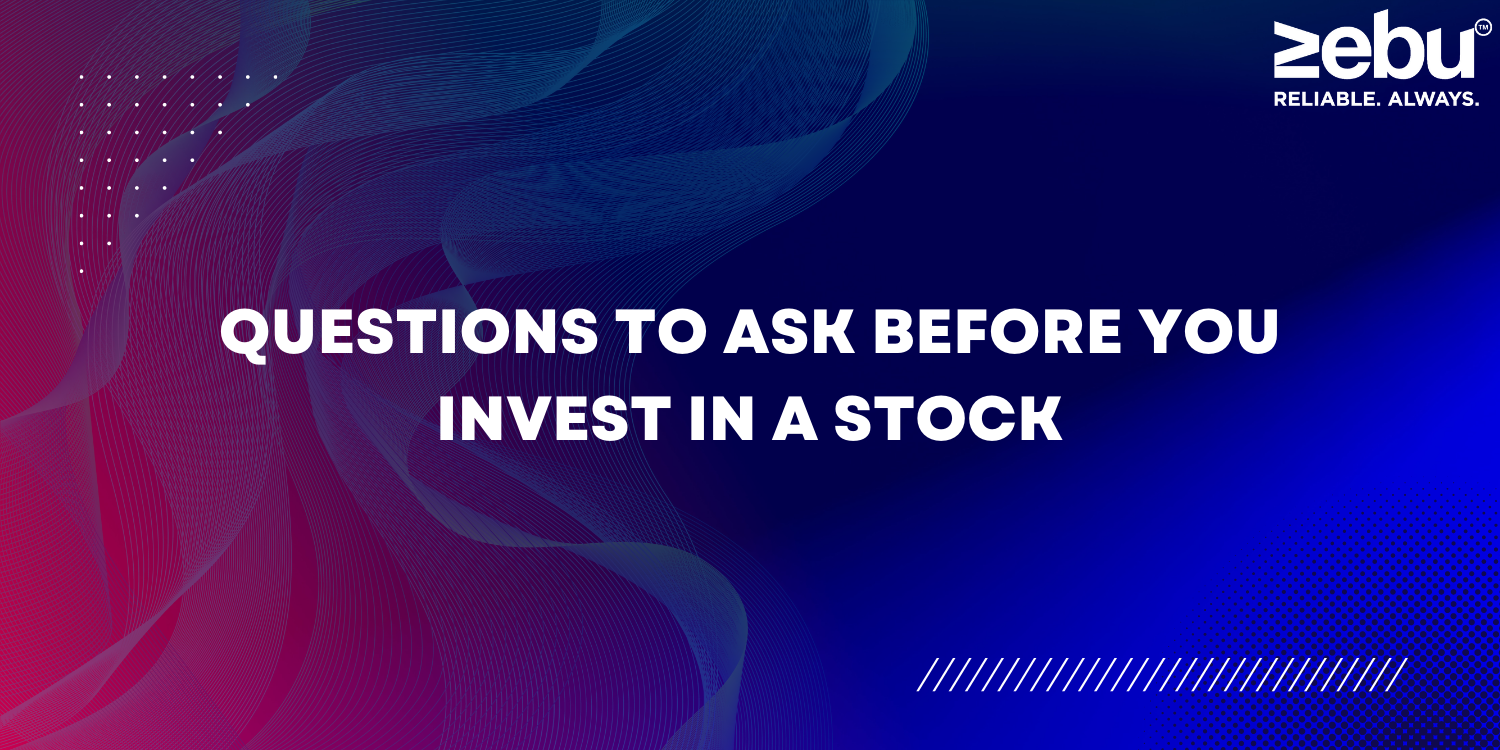
When determining a company’s value, the price-to-earnings (P/E) ratio compares its current share price to its earnings per share (EPS). Along with P/E, the term “price multiple” or “profit multiple” can be used to describe the P/E ratio.
When comparing apples to apples, investors and analysts use P/E ratios to determine the worth of a company’s stock. Comparisons between companies and aggregate markets can be made against each other or over time using this metric.
To calculate P/E, you can use either a trailing or forward-looking approach.
For any form of trading or investing you need to have the right technologies. That is why you need the best online trading company that provides you with the best stock trading platform. We at Zebu find that it is our obligation to provide our traders with the best trading accounts so that they can invest with ease.
Formula and Calculation for the P/E Ratio
The following is the formula and calculation utilised in this process.
Divide the current share price by the earnings per share to get the P/E ratio (EPS).
If you type in a stock’s ticker symbol into any financial website, you’ll get the current stock price. However, this is a more concrete value that shows what investors currently have to pay for the shares.
In general, there are two kinds of EPS. “TTM” stands for “trailing 12 months” and helps investors understand the company’s valuation over the last year. It’s common for a company’s results report to provide EPS forecasts. It is a This is the company’s best educated forecast as to how much money it will make in the future. The trailing and projected P/E ratios are based on different versions of EPS.
Understanding the Price-to-Earnings (P/E) Ratio
An investor’s and an analyst’s favourite way to estimate a stock’s value is through its price-to-earnings ratio (P/E). The P/E essentially tells an investor if a stock is overvalued or undervalued. Additionally, the P/E ratio of one company can also be compared to that of other companies in its industry or the Nifty 50 Index.
Analysts that are interested in long-term valuation patterns may use the P/E 10 or P/E 30 measures, which average earnings over the previous 10 or 30 years, respectively. Because these longer-term measurements can correct for changes in the business cycle, they are frequently used when trying to judge the overall worth of a stock index.
When determining if a company’s share price appropriately represents projected earnings per share, analysts and investors look at its P/E ratio.
Forward Price-to-Earnings Ratios
These two forms of EPS measures are used to calculate the two most prevalent P/E ratios: forward and trailing P/E. The sum of the last two actual quarters and the estimates for the future two quarters is a third, less typical form.
Instead of using trailing figures, the forward (or leading) P/E employs future earnings guidance. This forward-looking measure, also known as “estimated price to earnings,” is useful for comparing current earnings to future earnings and for providing a clearer image of what earnings will look like—without modifications or other accounting adjustments.
However, the forward P/E metric has flaws, such as firms underestimating earnings in order to surpass the predicted P/E when the next quarter’s results are released. Other corporations may overestimate their forecast and then adjust it in their next earnings report. Furthermore, outsider analysts may make forecasts that differ from those provided by the corporation, causing confusion.
Trailing Price-to-Earnings Ratio (P/E)
By dividing the current share price by total EPS earnings over the last 12 months, the trailing P/E is calculated. It’s the most often used P/E ratio since it’s the most objective—assuming the company honestly reported earnings. Because they don’t trust other people’s profits projections, some investors prefer to look at the trailing P/E. However, the trailing P/E has some flaws, one of which is that past performance does not always predict future behavior.
As a result, investors should make investments based on future earnings potential rather than historical performance. It’s also a concern that the EPS number remains constant while stock values change. The trailing P/E will be less representative of those changes if a major company event sends the stock price much higher or lower.
Because earnings are only reported once a quarter, while stocks trade every day, the trailing P/E ratio will alter when the price of a company’s shares fluctuates. As a reason, the forward P/E is preferred by some investors. Analysts expect earnings to rise if the forward P/E ratio is lower than the trailing P/E ratio; if the ahead P/E is greater than the current P/E ratio, analysts expect earnings to fall.
As we mentioned earlier you need to have the right technologies to trade profitably. That is why you need the best online trading company that provides you with the best stock trading platform. We at Zebu are obligated to provide our traders with the best trading accounts so that they can invest with ease.

